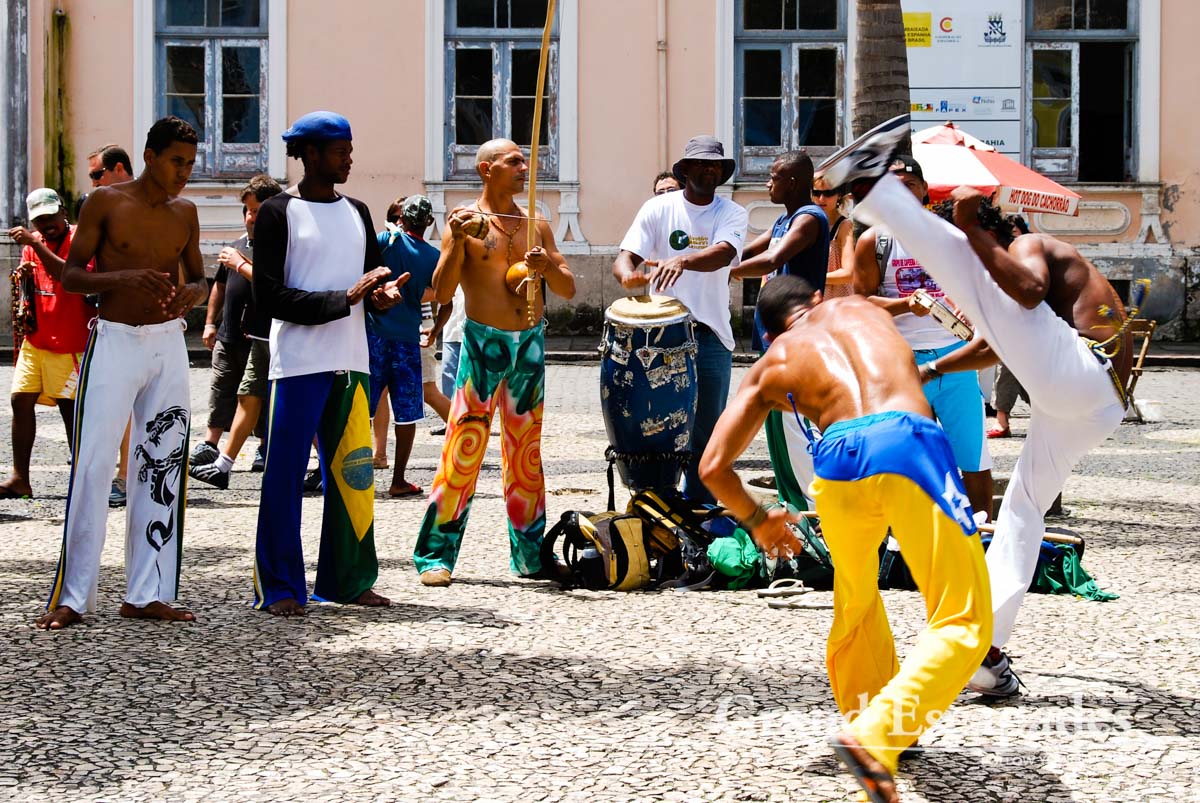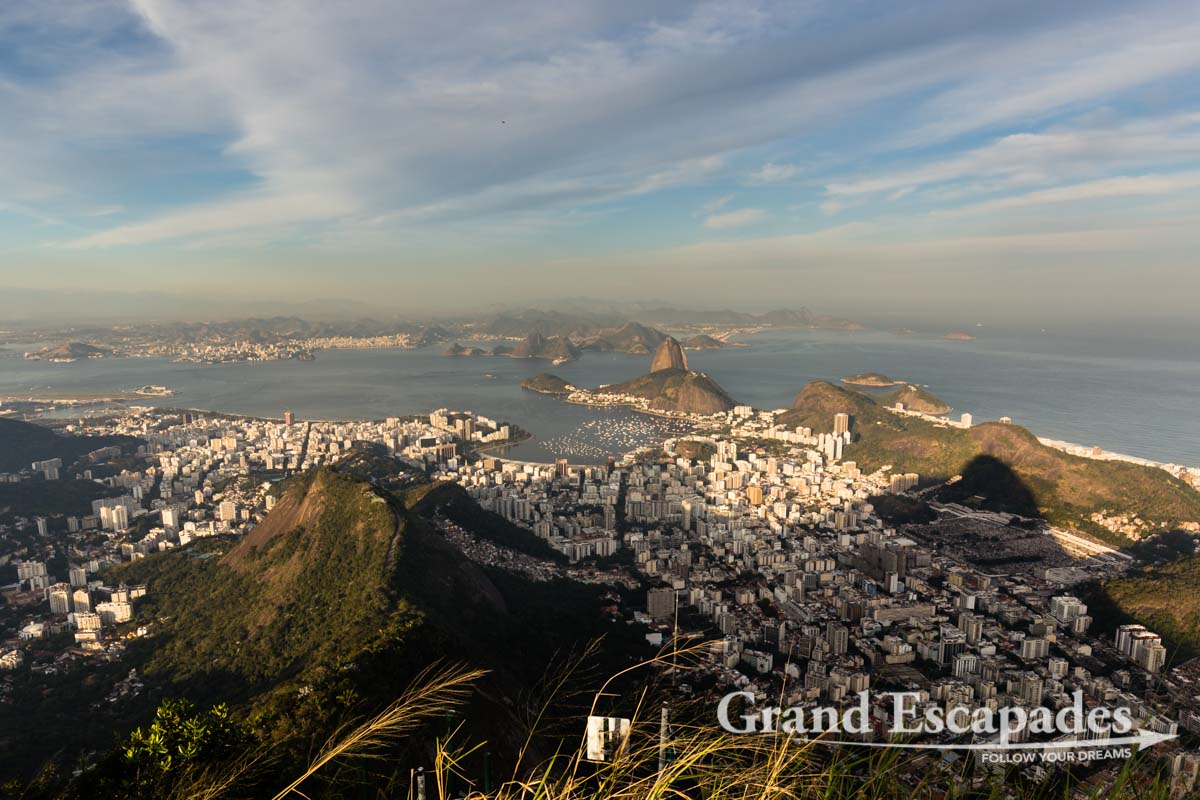There have been several highlights during our stay in Salvador de Bahia apart from visiting the Pelourinho … which is by the way far less interesting and not as well preserved than the colonial laid-back city of Olinda!
One evening we spent at a Candomblé, a religious ceremony based on the culture, tradition and religion of the African slaves brought to Brazil that developed and survived in the African community. According to the Afro-Brazilian Museum, more than 4.5 million Africans were brought to Brazil as slaves until 1851, the date when slavery was abolished.
During such a ceremony a certain Orixá is being worshipped. An Orixá is a sort of deity that is a mediator between the community to the supreme god and provides protection in one specific way, for example guaranteeing health.
At a Candomblé women move slowly in a circle and some fall in a trance. They are then taken outside by those women whose role it is to do just that. The Terreira, the temple in which a Candomblé takes place, was way out in the northern part of Salvador and you definitely need to have a local member of the community to take you there. We used again the Nega Maluca to organise this visit: they have great contacts to people within the community. You are picked up and taken to the Terreira and after about two or three hours you are taken back to your Pousada. You may see Candomblé advertised in the Pelo, but these are tourist shows, whereas we were in a residential neighbourhood with lots of locals attending the ceremony.
A candomblé is rather informal with people who come and go, though it seems that the person who attend the ceremony do dress up a bit. Elderly female worshippers are met with great respect using a certain ritual of greeting. After the dance food is brought in baskets and eventually served to everybody in banana leaves, a little bit of everything, since the food is donated by the members of the community.
Salvador is also known for its Capoeira schools, the ancient martial art dance, with men simulating fights to the rhythm of certain instruments. These performances can be extremely athletic. Classes perform in the streets asking for small contributions. We were explained that the Capoeira respect very strict rules about who is allowed to perform where or not, who is allowed to organize classes or not, …
Although the Pelo is lively every night, the big night out is Tuesday with free concerts throughout the city. The streets are lined with little stalls selling drinks and foods. Then the Tourist Police is even more present wearing helmets to underline their seriousness. We were there beginning of September, so relatively few tourists were there. The best part of the Tuesday party was a Samba band followed by dancers, among them a good number of European women, who ambitiously danced away with their Samba class. We truly enjoyed this low key Carnival with maybe 100 people watching.







